Kyte’s Tesla Model 3 subscription aims to remove some of the headaches of car buying and leasing. A 3-month term costs $1,350 per month.
A 50-year-old woman was buried with a unique “male” pendant.
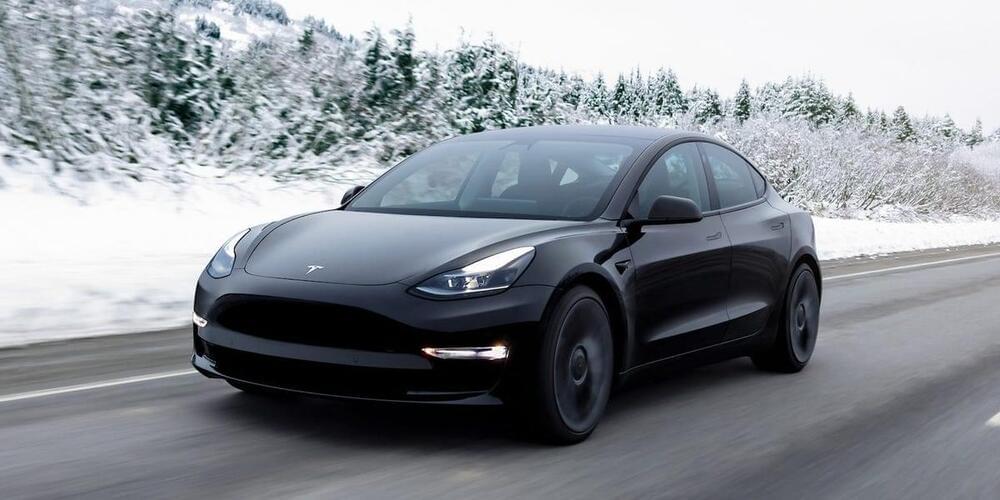
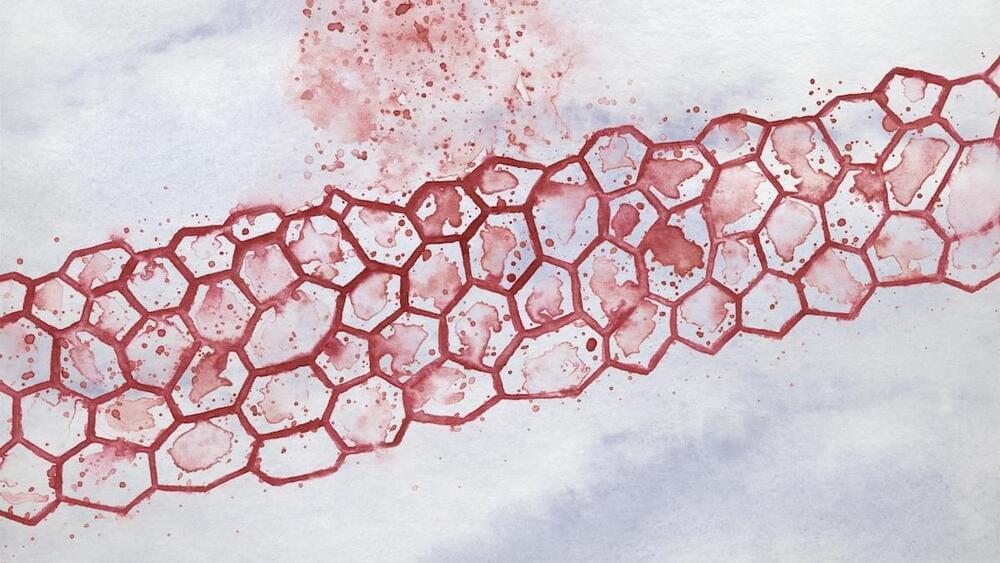
Scientists from the University of Surrey and Imperial College London have achieved an increase in energy absorption in ultra-thin solar panels by 25%, a record for panels of this size.
The team, which collaborated with AMOLF in Amsterdam, used solar panels just one micrometer thick with a disordered honeycomb layer on top of the silicon panel. The biophilic design draws inspiration from butterfly wings and bird eyes to absorb sunlight from every possible angle, making the panels more efficient.
The research led to a 25% increase in levels of energy absorption by the panels, making these solar panels more efficient than other one-micrometer-thick panels. They published their findings in the American Chemical Society’s journal, Photonics.

The city of St. Louis, Missouri fleet plans to deploy 18 electric buses on the city’s busiest routes. Charging infrastructure for the 60-seat New Flyer buses will be provided by Swiss/Swedish electronics giant ABB.
St. Louis transit agency Metro Transit says it expects the e-buses to reduce carbon emissions by 100 to 160 tons per year, and to deliver up to $125,000 in maintenance savings and $400,000 in fuel savings over their 12-year lifespan.
ABB will provide 23 Buy America-compliant chargers, with a total of over 4.35 MW of charging capacity. ABB’s sequential charging system consists of 20 plug-in depot chargers, each with 150 kW of power, and three additional pantograph chargers. St. Louis’s buses can be fully charged in one hour. ABB says its fast-charging system easily integrates with existing transit schedules, so cities can switch to zero-emission buses without disrupting existing routes.

This doesn’t mean you need to don an ushanka and start marching. You can start taking collective action by focusing on community groups and connecting with climate leaders. This will likely help you solve other issues, too, like waste disposal, recycling, and community clean-up projects in your locale.
Conclusion
Combating climate change requires all of us to reconsider our individual and collective climate responsibility. As an individual, you can do your part and let others know what you are doing. It has never been easier to connect with the world and share than it is today. You can join others in writing letters to the editor of your local newspaper, or your local and national government representatives. You can join groups like Citizens’ Climate Lobby and learn how to engage policy decision-makers. And in your daily routines, you can lead by example.
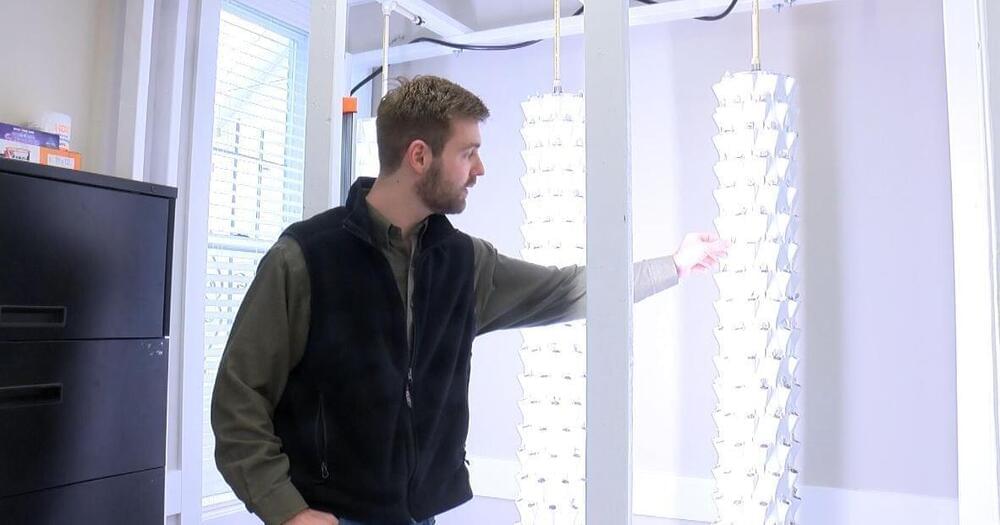
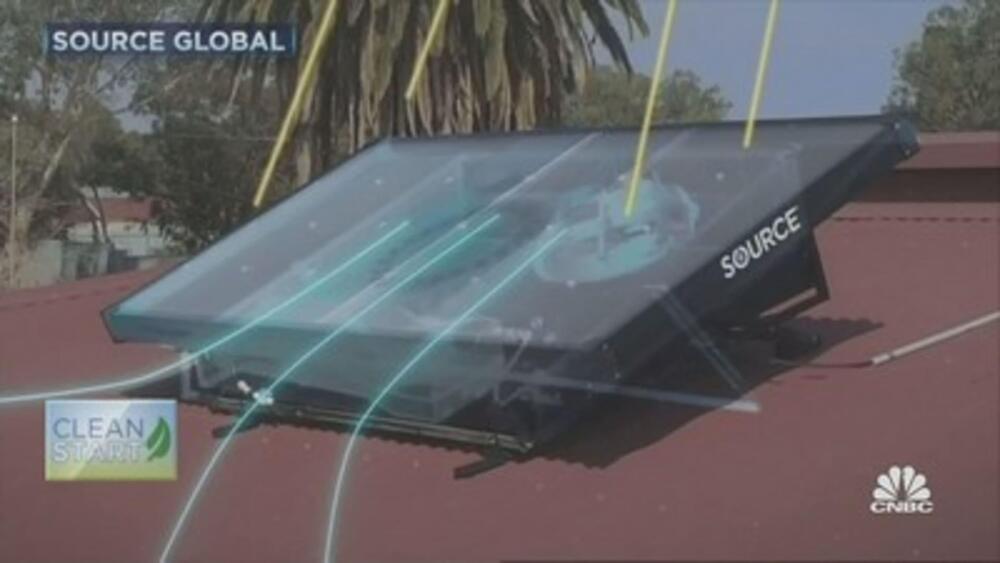
Source’s hydropanels are installed in 52 countries in 450 separate projects. The company has raised $150 million from investors including Bill Gates’ Breakthrough Energy Ventures, BlackRock, Duke Energy and the Lightsmith Group.
This type of technology is desperately needed in places like India, where an estimated 800,000 villages don’t have clean drinking water. Friesen cited World Health Organization, showing that by 2025 “half the world’s population will be in water stressed areas.”
There’s a domestic need as well. In the U.S, there are 1.5 million miles of lead pipes still in the ground, and about 750 water main breaks a day, according to Friesen. The business opportunity, he said, is enormous.
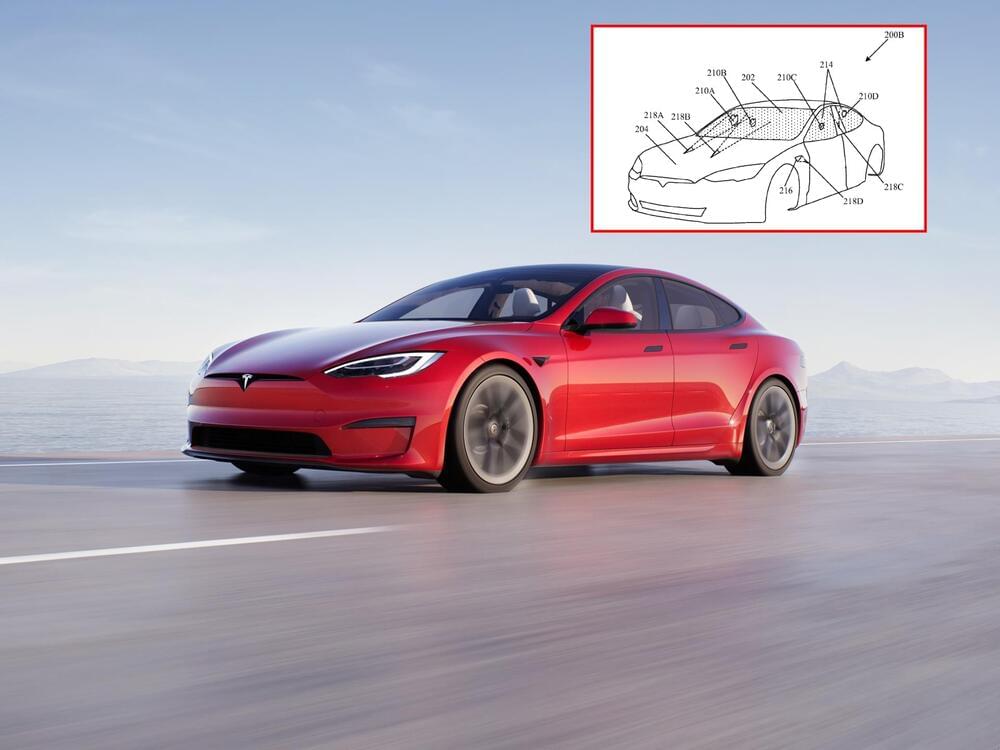
Tesla’s idea for a crazy windshield wiper that would clear debris from a driver’s line of sight using a laser beam has been officially published by the United States Patent Office. Tesla filed the application for the patent in May 2019, and it finally was granted in late 2021. Now, the U.S. Patent Office has published the patent, making it publicly viewable.
Tesla has long been interested in some pretty crazy and revolutionary ideas for automobiles. Over the years, Tesla has looked at several different designs and ideas for windshield wipers, using anything from a single-wiper system for the Next-Gen Roadster that would utilize an electromagnetic linear actuator to rid the windshield of moisture, to no wipers at all when it unveiled the Cybertruck in November 2019. Most recent sightings of Tesla’s Cybertruck have indicated the vehicle will have wipers, but Tesla is still revising the design.
With all of the crazy ideas Tesla has thrown around for wipers in the past, the patent for the automaker’s “Pulsed Laser Cleaning of Debris Accumulated on Glass Articles in Vehicles and Photovoltaic Assemblies” is among the most interesting. Originally filed in May 2019, Tesla recently had the idea published by the U.S. Patent Office, meaning if the Office does not ultimately grant the patent, the public can still learn from the work and perhaps develop another system that could be granted.

CEO of Tesla Elon Musk revealed in tweets posted on Saturday that he is giving serious thought to creating a social media platform.
“Given that Twitter serves as the de facto public town square, failing to adhere to free speech principles fundamentally undermines democracy,” Musk further tweeted.
Free speech
Meanwhile, on Friday, he put out a Twitter poll asking users if they thought Twitter adhered to the principle of free speech. Over 70% of respondents voted “no”.
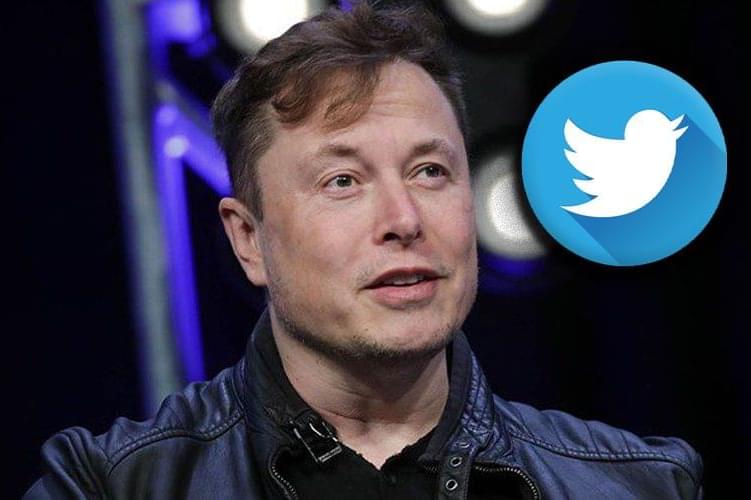
Elon Musk is one of the revolutionary figures in the world. Almost all of his ventures, such as SpaceX, Tesla and The Boring Company, are about making a difference in their own right. Musk has been a champion for all things alternative, whether it comes to cars or currency. However, he could trigger another great replacement.
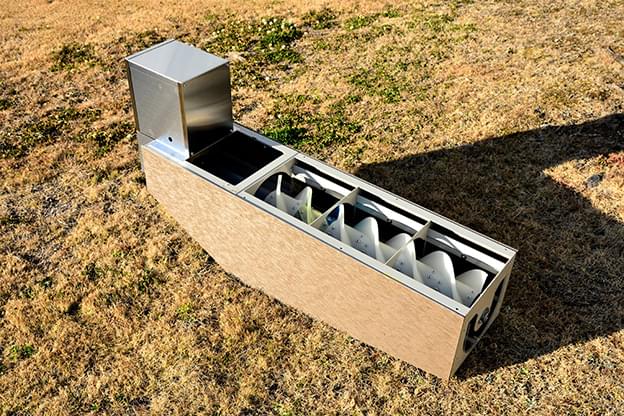
The 1kW pico-hydro generation system can be used with factory drainage systems and irrigation canals. According to the manufacturer, it is made with 3D-printed sustainable materials based on recycled plastics and is able to generate electricity even with a small stream of water. Solar and storage may be linked to the system to ensure stable power supply.